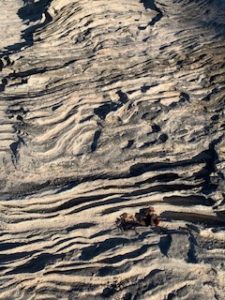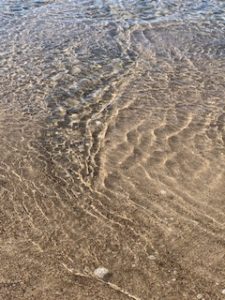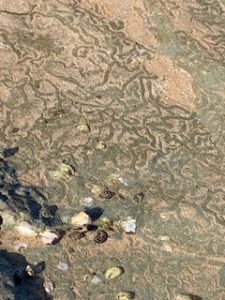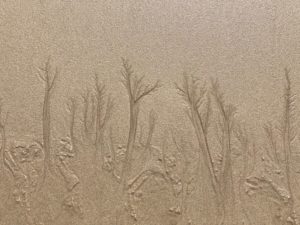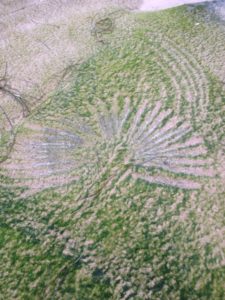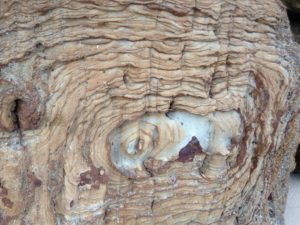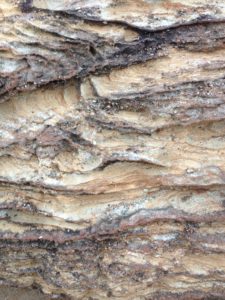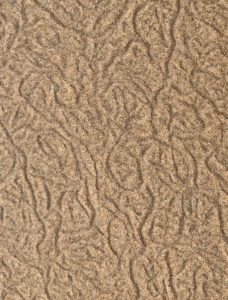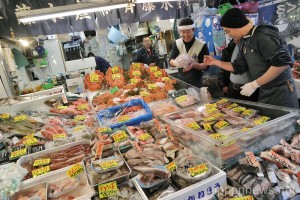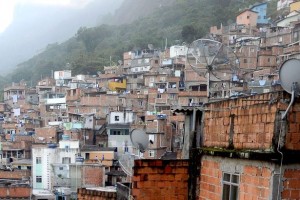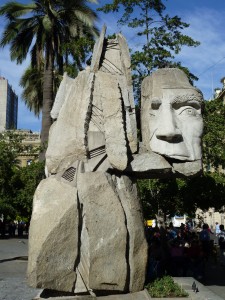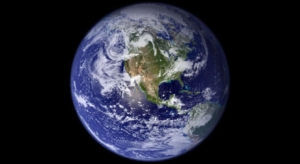
Hildegard speaks out today reminding us to care for our planet,
with her words,
her music,
her knowledge of healing plants,
her writings on the cosmos,
her understanding of the interdependence of all of creation,
her instruction of not demanding over yields from the earth
and how the earth is our mother.
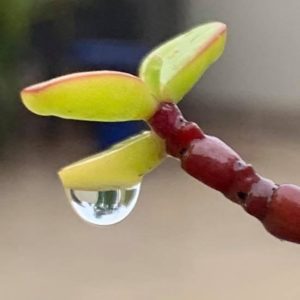
Hildegard writes,
“The earth is at the same time mother, She is mother of all that is natural, mother of all that is human. She is mother of all, for contained in her are the seeds of all.”
~ Hildegard of Bingen
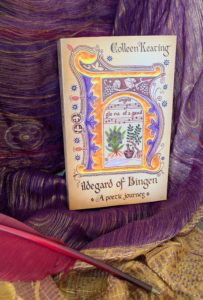
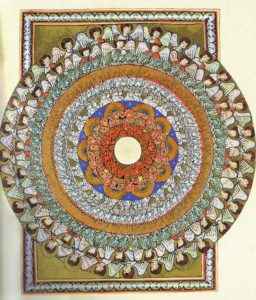
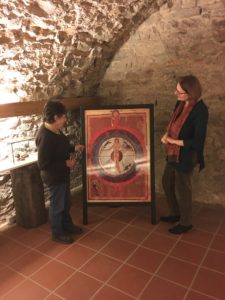
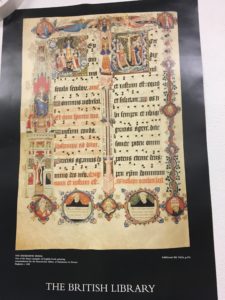
Her words are even more important in the 21st century, 842 years after her last breaths, Hildegard’s voice is crying out for humanity now .

This year is our watch . We are the witness.
Our silence is our complicity
The 19th century Danish philosopher and theologian , Søren Kierkegaard, offers an allegory for our dilemma now at this time of red code for our planet.

“A fire broke out backstage in a theatre. The clown came out to warn the public; they thought it was a joke and applauded. He repeated it; the acclaim was even greater. I think that’s just how the world will come to an end: to general applause from wits who believe it’s a joke.”

However today it is more traumatic for on that stage we have a chorus of pearl- dressed women and dark-suited men serious, educated, sometimes religious who sing from the side that is all a hoax lulling the audience even sabotaging anyone who gets up for action while behind the curtain their self serving pork barrelling hurriedly goes on. Also leaders who reassure anyone in lullabies of reassurance we the masses of humanity will be kept safe and they speak for us, make decisions for us. and we will be safe.
How we treat mother earth is a reliable measure of how we treat ourselves.
The way we treat our people mirrors the way we treat the earth
How we treat the vulnerable, women, the aged, indigenous peoples children, handicapped mirrors how we treat the earth.
Ask, how many women have died as a result of Domestic Violence this year?
Ask, how many Australian Indigenous people have died in custody this year?
Ask, how many children have been abused this year? 
This year is our watch . We are the witness.
Our silence is our complicity .
counting dead women
i rose towards dawn
to sit by the big picture window
the sky black as raven wings
lay still and silent
like a dark night of the soul
i was desperately seeking
some colour some hope
upon the dark edge of the world
where sea and sky meet
my mind kept scribbling
names of women dead women
words of violence can’t be erased
as the darkness of the first news
counting dead women
crowds my mind
blankets my heart
even as the breath of dawn
spreads its radiance
Colleen Keating 2014
Published in A Call to Listen by Colleen Keating


